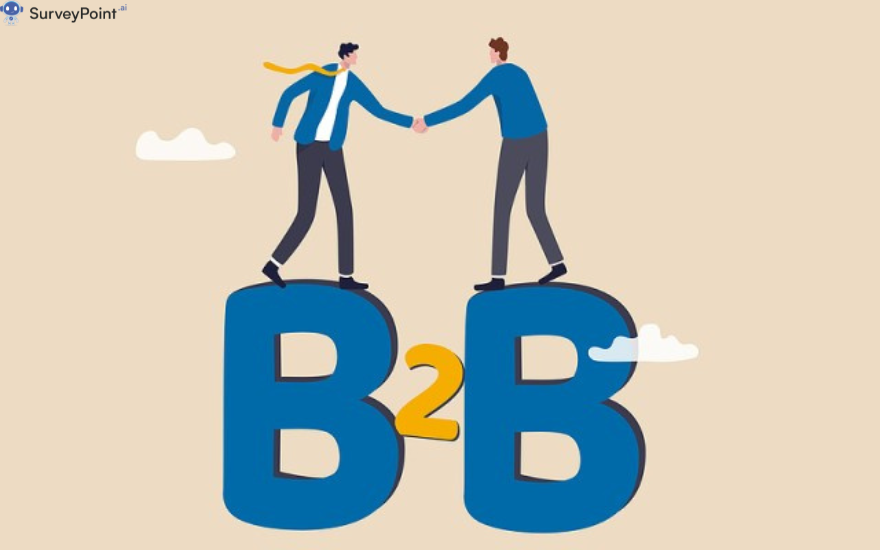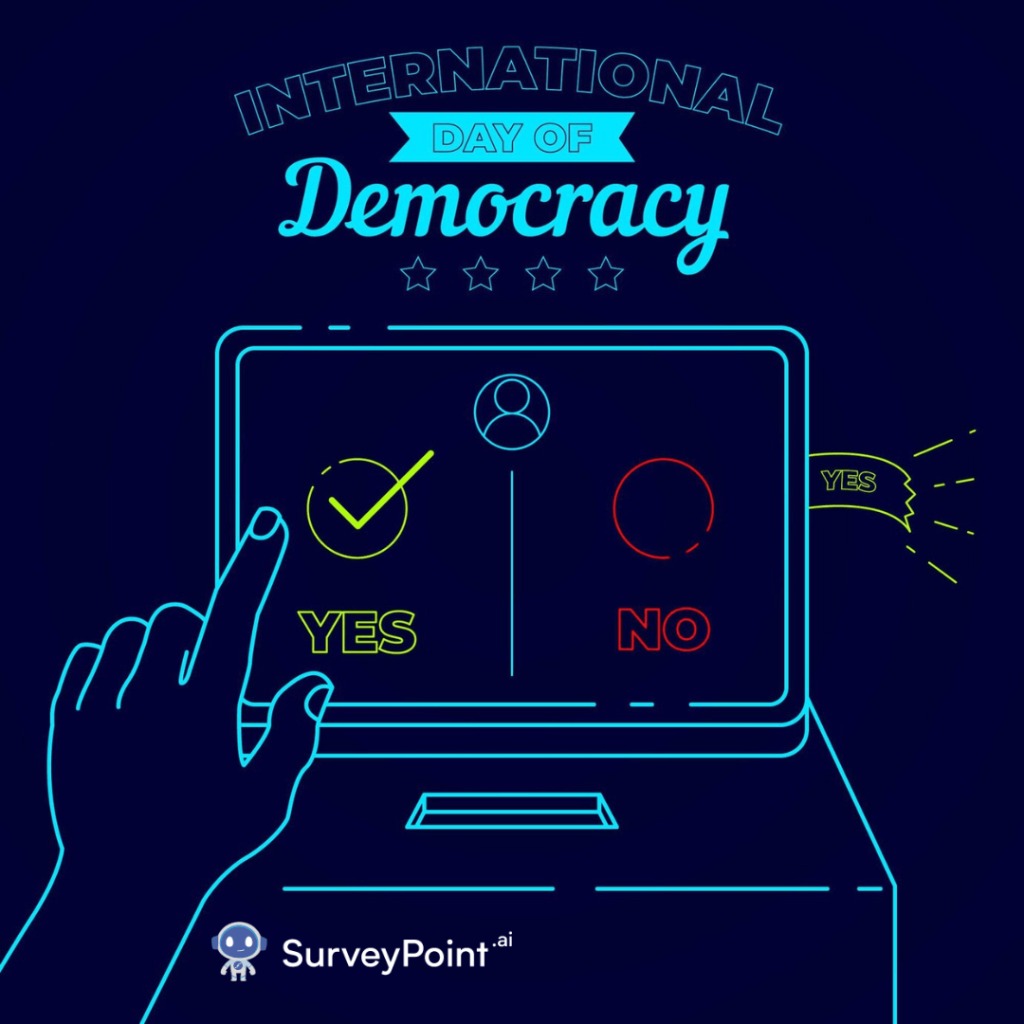
In the business-to-business (B2B) landscape, marketing campaigns are crucial for generating leads, building relationships, and driving sales. However, designing and executing a successful B2B campaign requires a strategic approach that differs significantly from business-to-consumer (B2C) campaigns. This blog will guide you through the process of creating effective B2B campaigns, from planning to execution, and provide examples of successful campaigns to inspire your efforts.
Understanding B2B Marketing
Overview: B2B marketing focuses on selling products or services from one business to another. Unlike B2C marketing, which targets individual consumers, B2B marketing involves a more complex decision-making process, longer sales cycles, and higher transaction values.
Key Differences from B2C:
- Target Audience: B2B campaigns target decision-makers within organizations, such as CEOs, managers, and procurement officers.
- Sales Cycle: B2B sales cycles are typically longer and involve multiple touchpoints and stakeholders.
- Content: B2B content is often more detailed and educational, focusing on demonstrating value and ROI.
Steps to Design a Successful B2B Campaign
1. Define Your Goals and Objectives
Overview: Start by setting clear and measurable goals for your campaign. These goals will guide your strategy and help you evaluate success.
Examples of Goals:
- Generate a specific number of qualified leads.
- Increase brand awareness within a target industry.
- Drive traffic to a specific landing page or website.
- Boost engagement with existing customers.
2. Identify Your Target Audience
Overview: Understanding your target audience is crucial for tailoring your campaign to their needs and preferences. Develop detailed buyer personas to represent different segments of your audience.
Steps to Identify Your Audience:
- Market Research: Conduct market research to understand the needs, pain points, and preferences of your target audience.
- Buyer Personas: Create detailed buyer personas, including job titles, industry, company size, and challenges they face.
- Segmentation: Segment your audience based on criteria such as industry, company size, and purchase behavior.
3. Craft Your Value Proposition
Overview: Your value proposition should clearly articulate the unique benefits and value your product or service offers. It should address the specific pain points of your target audience and differentiate you from competitors.
Tips for Crafting a Value Proposition:
- Clarity: Ensure your value proposition is clear and easy to understand.
- Relevance: Focus on the benefits that are most relevant to your target audience.
- Differentiation: Highlight what sets you apart from competitors.
4. Develop a Content Strategy
Overview: Content is a critical component of B2B campaigns. Develop a content strategy that aligns with your goals and addresses the needs of your target audience.
Types of B2B Content:
- Blog Posts: Share industry insights, tips, and best practices.
- Whitepapers and E-books: Provide in-depth information and research on relevant topics.
- Case Studies: Showcase success stories and how your product or service has helped other businesses.
- Webinars and Videos: Offer educational content and live interactions with experts.
5. Choose the Right Channels
Overview: Selecting the right channels is essential for reaching your target audience effectively. B2B marketing often involves a mix of digital and traditional channels.
Common B2B Channels:
- Email Marketing: Use email campaigns to nurture leads and communicate with prospects.
- LinkedIn: Leverage LinkedIn for targeted ads, content sharing, and networking.
- Industry Events and Conferences: Participate in or sponsor industry events to build relationships and generate leads.
- SEO and SEM: Optimize your website for search engines and run paid search campaigns to attract relevant traffic.
6. Implement Lead Nurturing
Overview: Lead nurturing involves building relationships with prospects through targeted content and communications over time. This process helps move leads through the sales funnel.
Lead Nurturing Tactics:
- Email Drip Campaigns: Send a series of automated emails based on the prospect’s behavior and stage in the buyer’s journey.
- Personalized Content: Tailor content to address the specific needs and interests of each prospect.
- Retargeting Ads: Use retargeting ads to stay top-of-mind with prospects who have visited your website.
7. Measure and Analyze Performance
Overview: Regularly measure and analyze the performance of your campaign to identify what’s working and what needs improvement. Use key performance indicators (KPIs) to track progress toward your goals.
Common KPIs for B2B Campaigns:
- Lead Generation: Number of leads generated and their quality.
- Conversion Rate: Percentage of leads that convert into customers.
- Engagement Metrics: Open rates, click-through rates, and time spent on content.
- ROI: Return on investment for your campaign.
Examples of Successful B2B Campaigns
1. Salesforce’s “State of Sales” Report
- Overview: Salesforce produces an annual “State of Sales” report, offering valuable insights into sales trends and strategies.
- Strategy: The report is promoted through email marketing, social media, and content partnerships.
- Outcome: This campaign positions Salesforce as an industry leader and generates high-quality leads through gated content.
2. HubSpot’s Inbound Marketing Campaign
- Overview: HubSpot’s inbound marketing strategy involves creating valuable content, such as blogs, e-books, and webinars, to attract and engage prospects.
- Strategy: Content is optimized for search engines and shared across various channels, including social media and email.
- Outcome: HubSpot’s campaign drives significant organic traffic, increases brand awareness, and converts leads into customers.
- Overview: IBM’s Watson AI campaign showcases the capabilities of their AI technology through case studies, webinars, and interactive demos.
- Strategy: The campaign targets specific industries, such as healthcare and finance, with tailored content and events.
- Outcome: IBM demonstrates thought leadership and drives demand for their AI solutions through targeted, industry-specific content.
Conclusion
Designing and executing a successful B2B campaign requires a strategic approach, clear goals, and a deep understanding of your target audience. By crafting a compelling value proposition, developing a robust content strategy, choosing the right channels, and continuously measuring performance, you can create campaigns that generate leads, build relationships, and drive sales. Learning from successful B2B campaigns can provide valuable insights and inspiration as you develop your own marketing strategies. For more information checkout- surveypoint.ai




